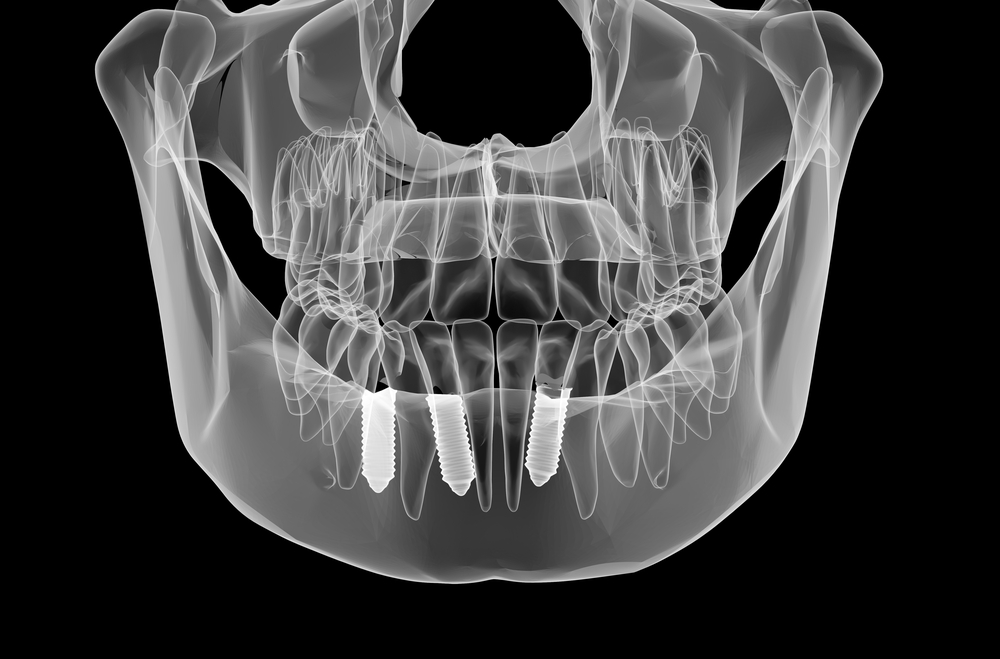
3-D Imaging
When choosing a dentist for you and your family, it’s important you know what technology they use. Any experienced dentist knows that the latest dental technology often offers many benefits for patients. For example, 3D dental imaging is not only less invasive than traditional x-rays, but is also more accurate.
If you plan on seeking restorative or cosmetic dentistry services, such as dental implants, you may be interested in 3D dental imaging services. In this guide, we will go over some of the benefits of 3D dental imaging, so you can feel informed and confident when seeking treatment.
How does 3D dental imaging work?
To take pictures of your teeth and jaw, dentists use a special machine called a Cone Beam Computed Tomography(CBCT) machine. This machine allows dentists to get a better look at your teeth by creating a 3D image, just like how your teeth look in real life. 3D dental imaging makes it easier for dentists to effectively plan treatment or accurately diagnose oral health concerns. This is because 3D imaging allows your dentist to see the height, width, and depth of each individual tooth in your smile.
Traditional x-rays that only show dentists a limited picture are quickly becoming outdated as more and more dentists turn to CBCT technology. From one 3D scan, your dentist will be able to see your teeth, muscles, nerves, disease, infection, and more.
What is 3D imaging used for?
3D imaging can be used in a variety of dental procedures, including:
- Dental implant placement
- Orthodontic treatment
- Root canal therapy
- Sleep apnea treatment
- Tooth extractions
- Oral surgery
And many more!
What can I expect?
Depending on the type of 3D dental technology your dentist uses, you may be asked to sit, or stand.
You will be asked to place your head on a chin rest to prevent movement during the scan. The machine will then rotate around your head for a few seconds to take pictures of your teeth, jaw, and skull. During the procedure, you will be exposed to minimal amounts of radiation which produce 100 to 600 images. The amount of radiation you receive during 3D dental imaging procedures is significantly less than for traditional dental x-rays.
How does 3D dental imaging affect me?
3D digital dental x-rays can help diagnose potential issues with teeth for example fractures or infection and they can help your dentist plan your needed treatment. A CBCT machine can assess bone quality so your dentist can determine if you are a good candidate for dental implants and allow them to digitally plan your implants to allow for an extremely smooth surgical proceedure.


